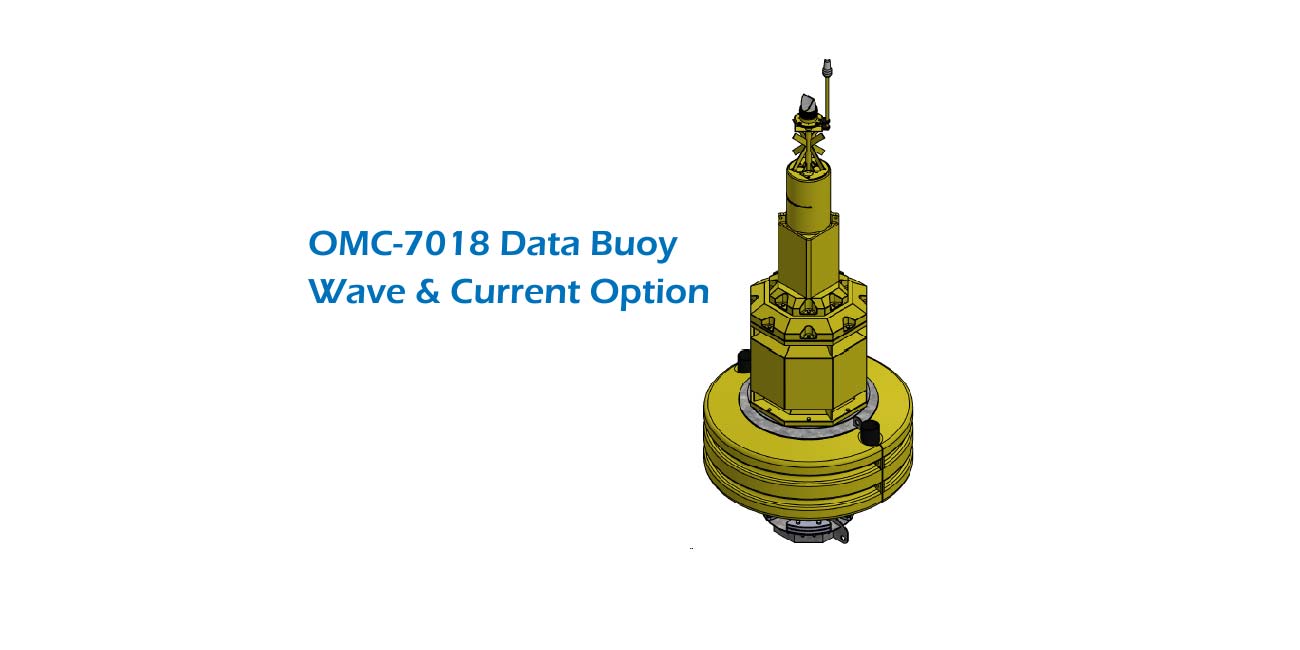Tuesday 25 October 2016

The OMC-7018 is a 1.8 m diameter buoy for measuring water quality, water current, waves, and meteorological parameters. It can be used in open sea, in coastal areas, in harbors or even in large lakes. Applications can range from short term monitoring for supporting marine engineering projects, to long term monitoring for vessel guidance, harbor operations, flood protection or environmental studies.
One platform, modular payload
The basic platform of the OMC-7018 is a yellow polyethylene float with a diameter of 1.8 m and an instrument tower on top. Based on the user requirements, a modular payload of sensors, data processing, communications and power supply is added. These modules are common to all Observator OMC-70xx buoys. The modular approach allows the user to select only the components he needs.
General description
The disk-shaped float contains two tubes on opposite sides. Hydrological sensors can be deployed and recovered through the tubes without recovering the buoy. If required, a protective cage (’deployment tube’) can be fitted below the buoy, allowing the sensor to be installed at, for example, 1 m below the surface.
The removable instrument tower is fitted on top of the mid-section, which is in turn fitted on top of the float. The mid-section can contain up to 8 solar panels of 20 Wp each. The instrument tower contains four solar panels of 20 Wp. Batteries and electronics (data logger, modem, radio and so on) are inside the instrument tower which can be removed in one piece for servicing
The radar reflector is inside the tower. The optional St. Andrews cross and signal light are fitted on top of the tower.
Antennas and meteorological sensors are fitted at convenient locations to the tower. The wave sensor is inside the tower, together with the other electronics. The hydrological sensors are mounted in the tubes in the hull.
A data logger will log all measured parameters and transmit them to internet (or to a nearby ship) by using the mobile phone network or by radio or by satellite. Several satellite systems are supported. The logger has a large number of inputs supporting all common sensor interfaces.
Read more about the wave and current option in the datasheet:
By continuing to use the site, you agree to the use of cookies. more information
The cookie settings on this website are set to "allow cookies" to give you the best browsing experience possible. If you continue to use this website without changing your cookie settings or you click "Accept" below then you are consenting to this.